|
Thank you all for your kind and congratulations after last week's blog post! I am still chuffed that my fox won first prize at Beating around the Bush. And a very warm welcome to all the new readers joining after Mary Corbet mentioned my goldwork project 'St. Laurence' on her excellent blog! I hope you won't be too disappointed that today's blog is on white work :). This past Saturday, I was fortunate enough to attend another of Verena Schiegg's enjoyable classes on Appenzeller white work (for those of you new to this technique, please click 'Appenzell' in the categories list on your right for more information). So far I've learned to make padded satin stitches in the Appenzell fashion and drawn thread filling patterns. This particular class was going to be devoted to Lääteli (=Ladder). Verena had several old prickings for me to choose from and I set my eyes on the one above. It is one quarter of a very fine handkerchief. Lääteli are a combination of ajour stitches (pulled thread) and couching. You work with two different threads. A thicker one to be couched and a finer one to do the couching and ajour stitches with. In the above original, I work with a #65 for the ticker thread and a #80 for the couching stitches. Currently, I am not aware of any other white work technique using this particular stitch combination. Please do let me know if it rings a bell with you! To be clearer, I've made a tutorial for Graadi Lääteli (= straight ladder). To be able to make good pictures, I've upped the scale a little. The fabric used is a 36 ct linen. My thicker thread is a #25 DMC cotton a broder. The finer thread is one strand of DMC embroidery twist. Start by drawing two parallel lines, five threads apart, onto the linen. Take your thicker thread and cover the bottom line with a single straight stitch. Keep the stitch taut while working, but don't end it yet. Anchor your couching thread on the upper line. Come up with your needle three threads from the start and in the middle between the two lines. Wiggle your needle a bit to widen the hole (this isn't essential when working on such coarse linen, but it is when you work on very fine linen). Go down at the start in the middle between the two lines. Pull a little so that the fabric threads are pulled together. Come up in the hole you made wiggling your needle. Now place a couching stitch over the ticker thread by going down over it, parallel to the hole. Move down the middle between the lines, skip three threads and wiggle your needle to make the second hole. Come up with your thread. Go down in the first hole and gently pull the threads together. Come up in the second hole and make the parallel couching stitch over the ticker thread. Continue in this manner until you reach the end of your drawn line. Finished is the first half of your Lääteli. Turn your work upside down and start by laying your thicker thread over the other line. Thread your needle with the thinner thread and come up in the first hole. Go down at the start and repeat all the previous steps. The second half of the Lääteli works up much quicker as you don't have to count threads: the holes are already there! The 'open ends' of the Lääteli are closed with a padded button hole bar. This is a great place to start and stop your threads. As you've probably guessed, Graadi Lääteli are a counted thread technique. The Lääteli I've stitched on the handkerchief is a Chrommi Lääteli (=crooked ladder), you can't count threads here. And then there's a third form where the Lääteli gets combined with buttonhole stitching so that a sculpted edge is formed.
Lääteli would be perfect to stitch as a simple edge decoration. It works up quicker than a traditional drawn thread border as you don't have to withdraw threads first. And sometimes, your linen is not very well behaved and you can't easily withdraw threads; in comes the Lääteli! Did the Lääteli whet your appetite and would you like to learn Appenzeller whitework? Then why not join Verena's courses? She's an excellent teacher with many years of experience and one of the very few people who is proficient in this form of very fine whitework. Contact Verena for more details. If you would like to stitch Lääteli with the original materials, then send Verena an email with your requirements. As far as I know, she is the only person selling these very fine, traditionally blue, whitework threads.
8 Comments
24/10/2016 17:33:28
Oh yes, and I had to stop around 16.00h as the sun disappeared behind the mountains and the light became insufficient.
Reply
Mabel
24/10/2016 14:49:43
Wat een fijnheid mooi om te zien.
Reply
24/10/2016 17:34:39
Zou ook wel wat voor jou zijn, hoor! Ik zou vooral wel eens willen zien wat voor hedendaagse draai jij er aan weet te geven :).
Reply
24/10/2016 16:32:43
Another technique I want to learn. I just wish I didn't live across the ocean :|
Reply
24/10/2016 17:35:57
Hmm, we don't mind traveling. How about a road trip through North America visiting one embroidery group after the other? That would be fun!
Reply
Mari-jan
24/10/2016 17:32:55
Hoi Jessica,
Reply
Deborah Love
24/10/2016 22:52:27
Well done Jessica. As a Tutor at BATB I admired your beautiful work
Reply
Your comment will be posted after it is approved.
Leave a Reply. |
Want to keep up with my embroidery adventures? Sign up for my weekly Newsletter to get notified of new blogs, courses and workshops!
Liked my blog? Please consider making a donation or becoming a Patron so that I can keep up the good work and my blog ad-free!
Categories
All
Archives
July 2024
|
Contact: info(at)jessicagrimm.com
Copyright Dr Jessica M. Grimm - Mandlweg 3, 82488 Ettal, Deutschland - +49(0)8822 2782219 (Monday, Tuesday, Friday & Saturday 9.00-17.00 CET)
Impressum - Legal Notice - Datenschutzerklärung - Privacy Policy - Webshop ABG - Widerrufsrecht - Disclaimer
Copyright Dr Jessica M. Grimm - Mandlweg 3, 82488 Ettal, Deutschland - +49(0)8822 2782219 (Monday, Tuesday, Friday & Saturday 9.00-17.00 CET)
Impressum - Legal Notice - Datenschutzerklärung - Privacy Policy - Webshop ABG - Widerrufsrecht - Disclaimer

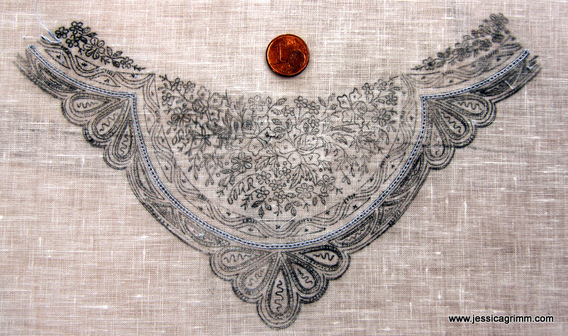
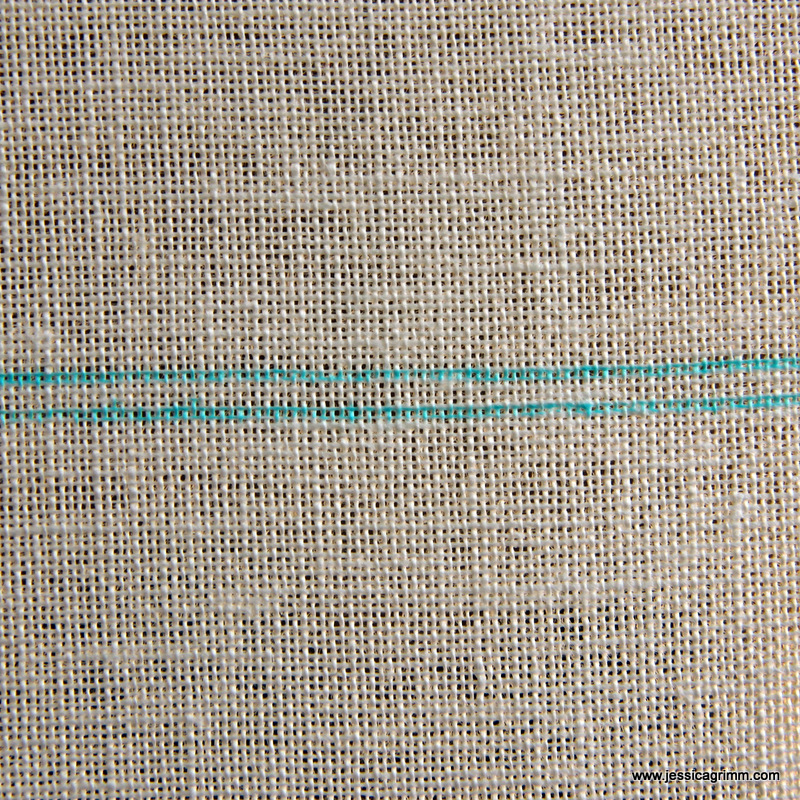
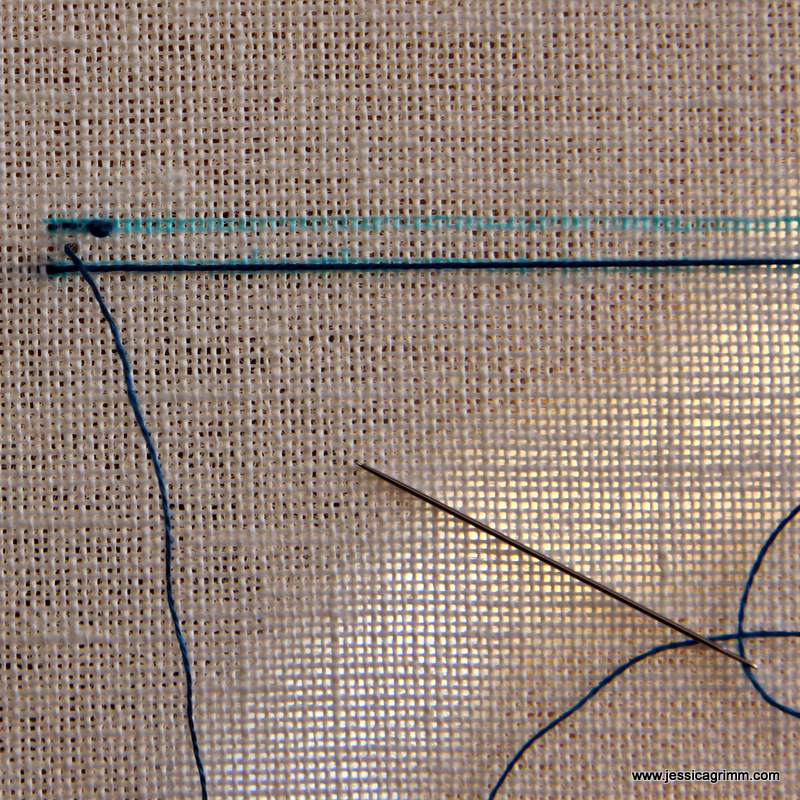
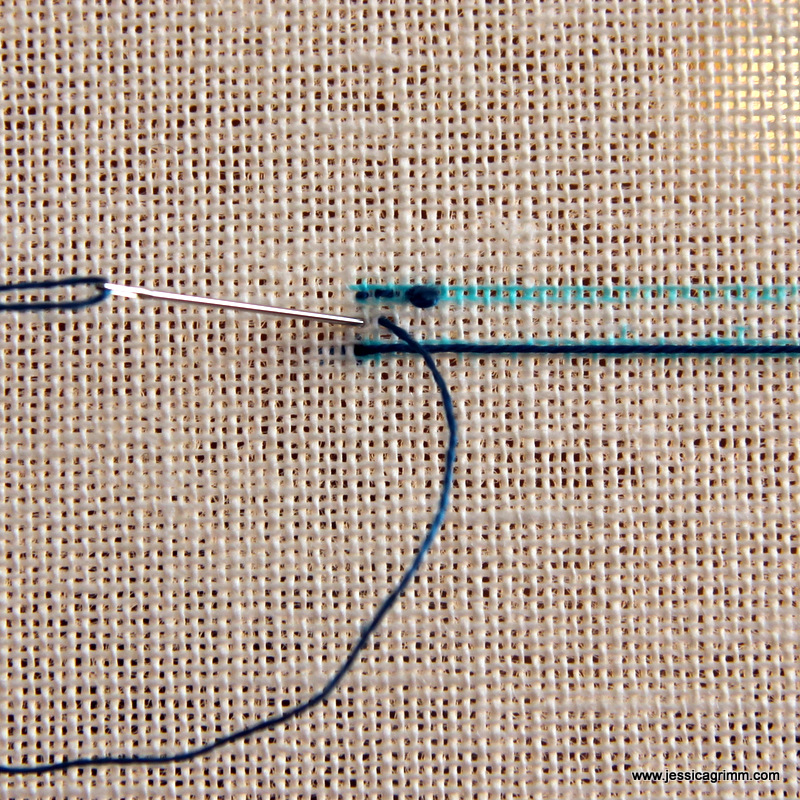
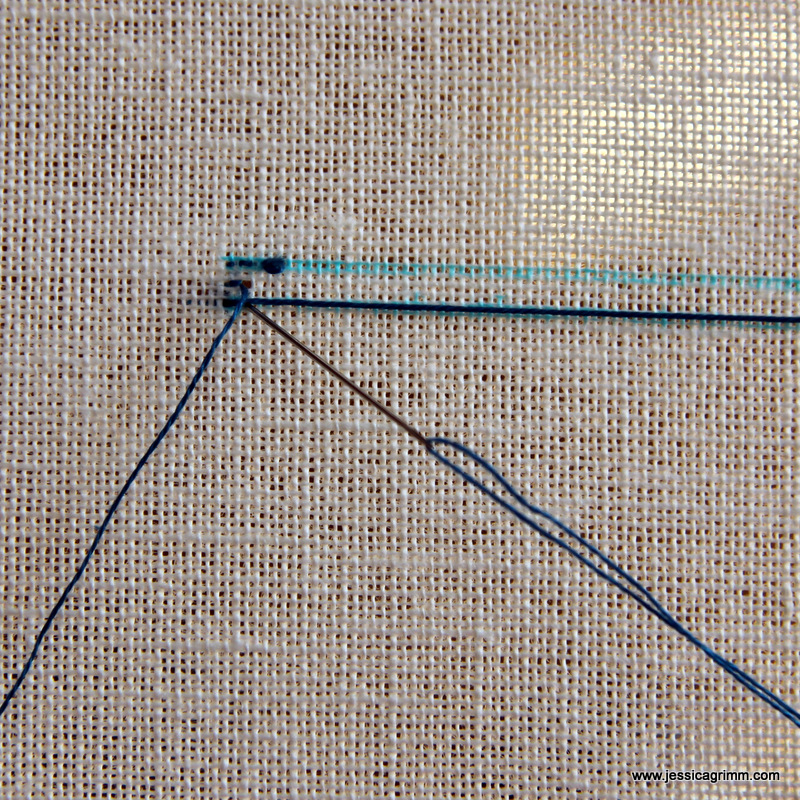
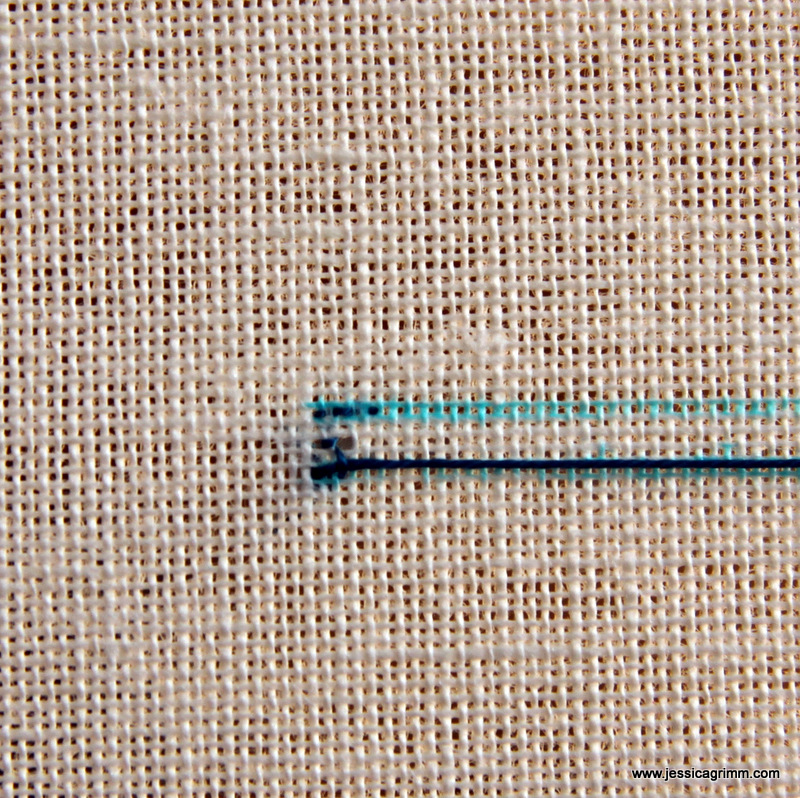
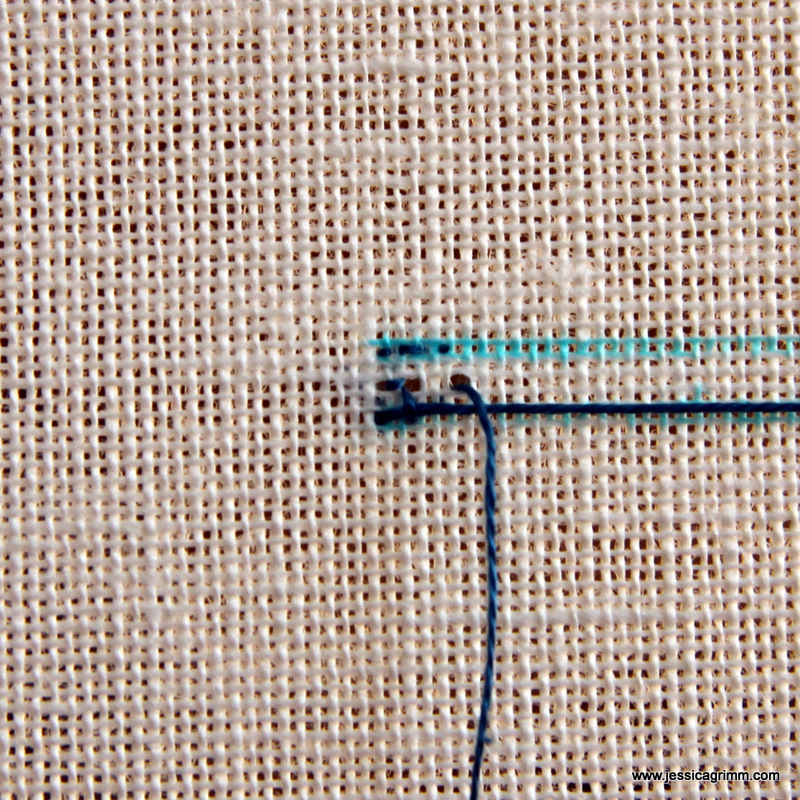
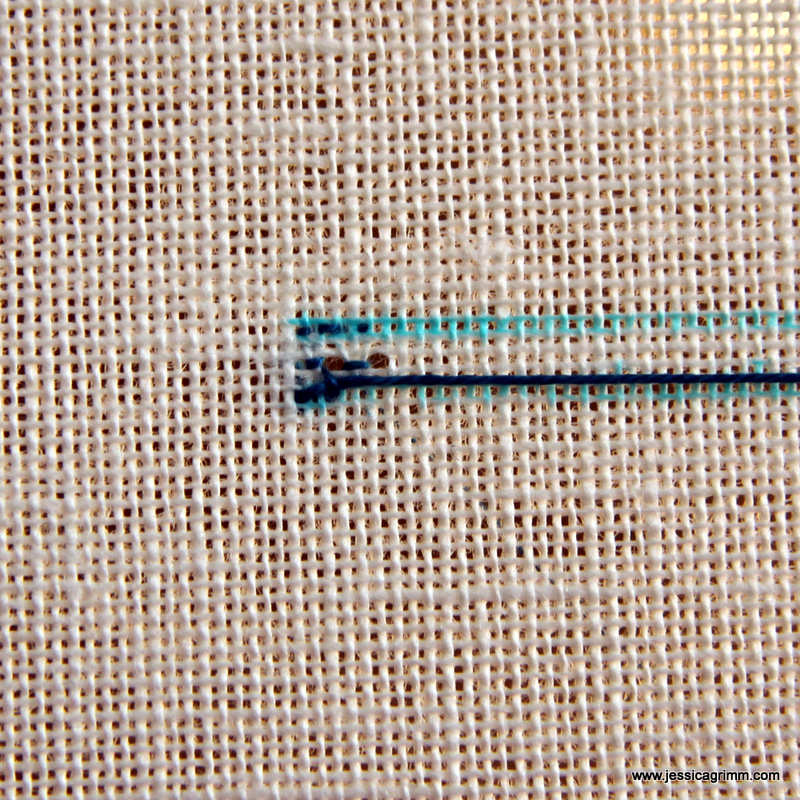
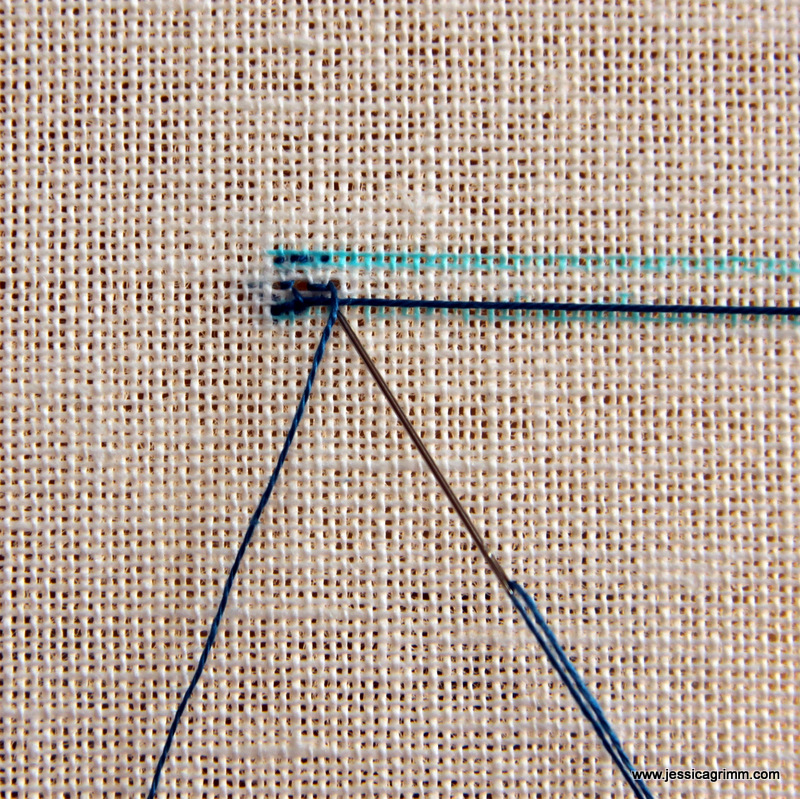
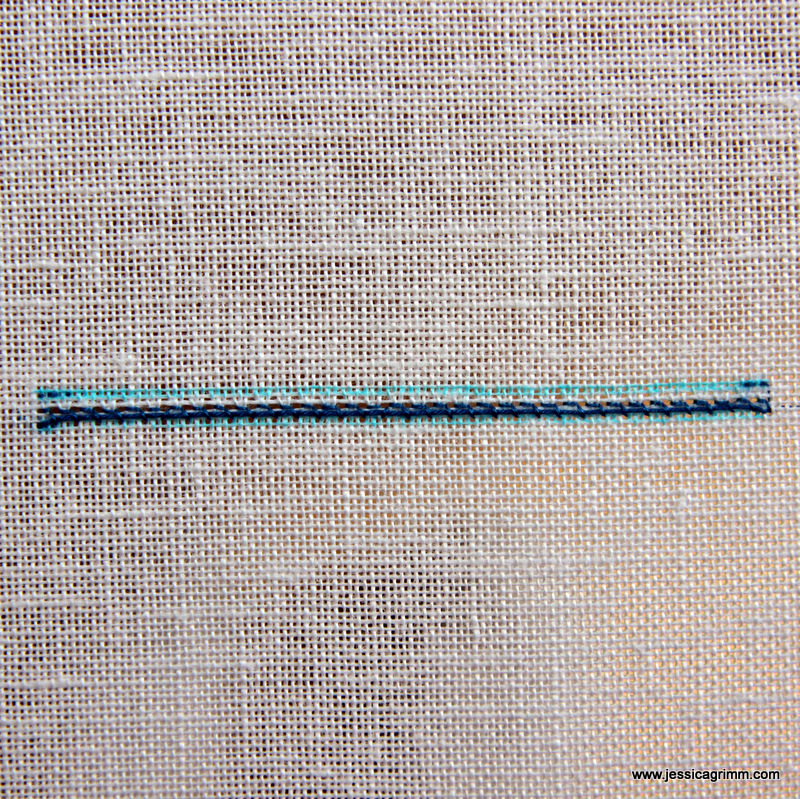
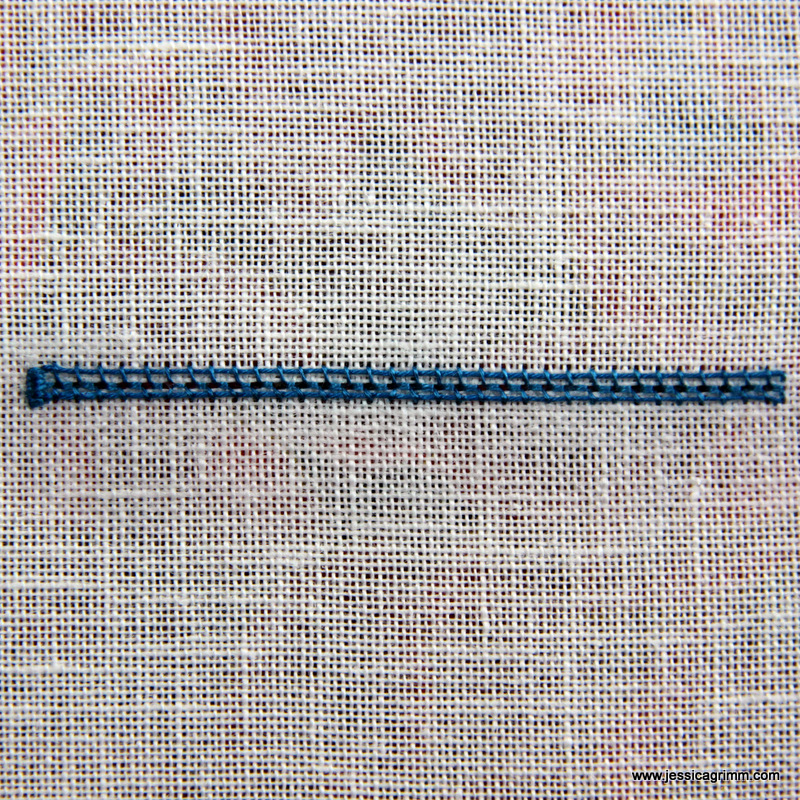
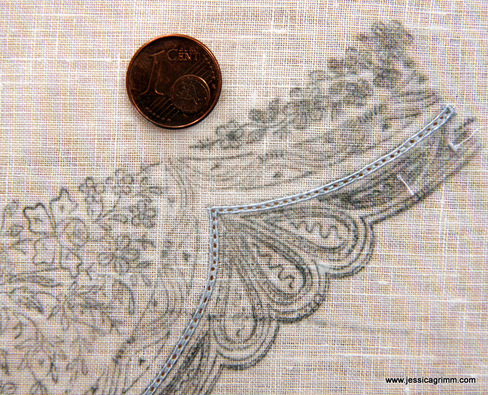





 RSS Feed
RSS Feed